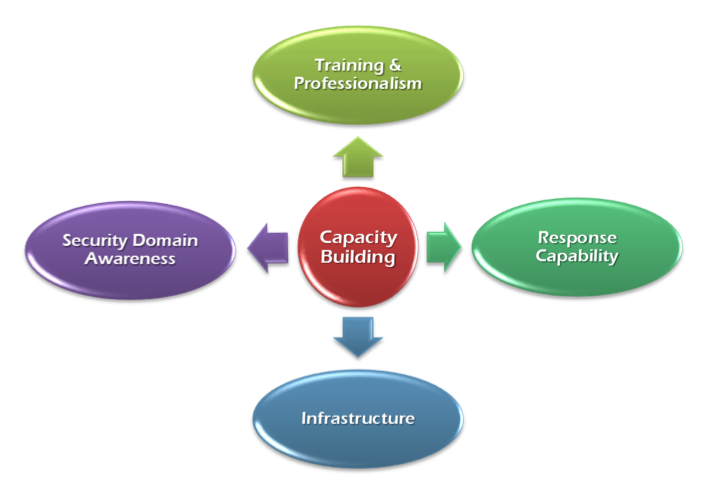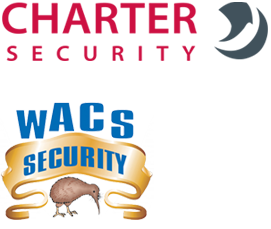Part 1B: The Pillars of Capacity Building
Once we have begun to get a handle on our, if I may, “industry core values,” then we can begin to take some serious measures to protect our loved ones and fellow citizens against the threat. That solution, at least in the initial stages, has only two components.
The first is a system for continual cooperation between our industry and the relevant government bodies. I wholeheartedly believe ASIAL is the right body to facilitate greater engagement between the industry and the relevant organisations such as ASIO, AFP, ABF, ADF and state law enforcement agencies.
In this arena, we must play a supporting role, which is much different than playing a lead role, and is much different than playing little or no role at all. We as an industry have thousands of eyes watching over Australia every single day. I have to believe we have some role to play within the Australian national security framework. Once we understand where we fit into the bigger picture, then we can discuss the specific steps we need to take to execute that role effectively.
The second component consists of educating our customers. If I visit a critical infrastructure customer who tells me he’s on high alert for terrorism, yet he’s not interested in talking about at least minimal anti-terrorism measures, then we have all failed him. The reality is that many of our customers are not security professionals, and they don’t have the knowledge that we often take for granted. If they knew how to protect themselves, they wouldn’t need us, and it’s our job to educate them.
In a previous life, I played a role in the capacity building of navies and coast guards in various African countries. In that context, the U.S. Navy talked about four pillars of capacity building: Maritime Domain Awareness, Training & Professionalism, Infrastructure, and Response Capability. Every U.S. Navy security assistance project overseas falls into one of those pillars.
Perhaps we can plagiarise the same concept and apply it towards our own anti-terrorism capacity building within the Australian security industry — I’ll even use the same picture I used in an old Navy presentation I briefed senior African military officials years ago, slightly modified to better fit our context.

We’ll see very quickly that the core values of integrity first, service before self, and excellence in all we do, underpin the entire structure. By committing to these core values, the pillar of Training & Professionalism practically takes care of itself. Security Domain Awareness is our ability to use technology and information operations to detect what’s happening in our domain; for the most part I think we do this quite well already. Infrastructure is something we may need to revisit, a fact that NSW Police has recently concluded in the wake of the unfortunate Parramatta attack. We have great infrastructure, but historically we haven’t always built it with the specific terrorism threat in mind. And last but not least, response capability. If we do a good job with the other pillars, the response capability becomes almost an after-thought. However, we do have to consider that we’re no longer talking about responding merely to shoplifting incidents or drunken brawls; we’re talking about isolated individuals of an extreme ideology who are seeking to die and take as many innocent lives as they can in the process. We can’t respond to that threat in the same way as we do a plain-vanilla shoplifter.
In conclusion, many of us agree this threat is only going to worsen over time, but fortunately we still have time to do something about it. Perhaps we can never completely prevent all attacks from taking place, so some will sneak up on us, but we can absolutely take appropriate anti-terrorism measures to minimise the damage and loss of life. So where do we start? We start with our core values: integrity first, service before self, and excellence in all we do. This will allow us to find our place within the Australian national security framework and cooperate effectively with the relevant agencies. And then we can effectively get to work on building our capacity to deal with this specific threat. We achieve this by breaking down the gargantuan task into smaller bits and focusing on the four pillars of capacity building: Infrastructure, Security Domain Awareness, Training & Professionalism, and Response Capability.
Read Part 2 of this series here.
Read Part 3 of this series here.
This article appeared in Vol. 20, Issue 6 (Feb-Mar 2016) of ASIAL’s Security Insider Magazine.
Ben Beville is a Business Development Manager and Security Consultant at Southern Cross Protection. He was formerly a Lieutenant Commander in the U.S. Navy, where he served 11 years active and reserve.






